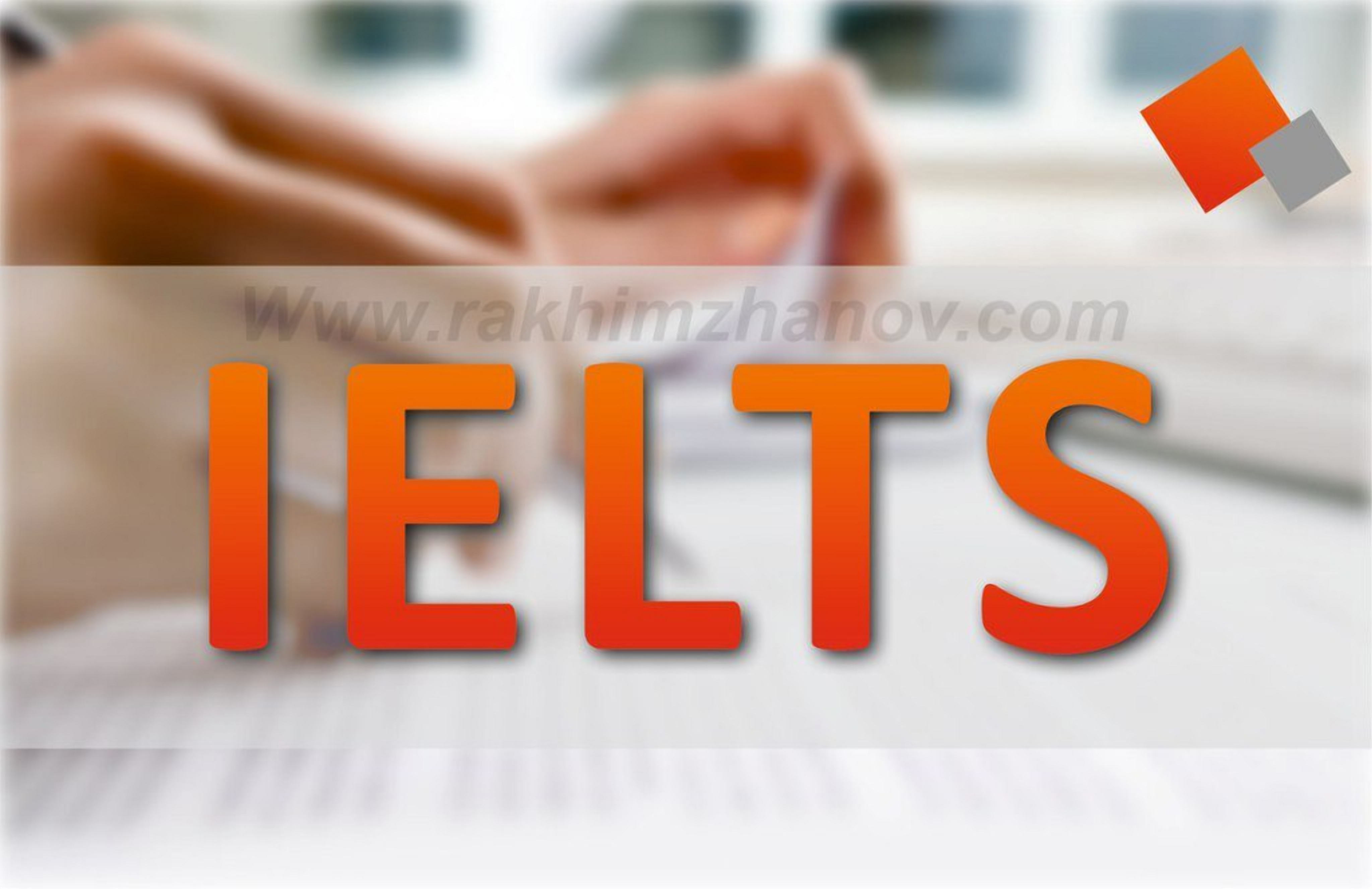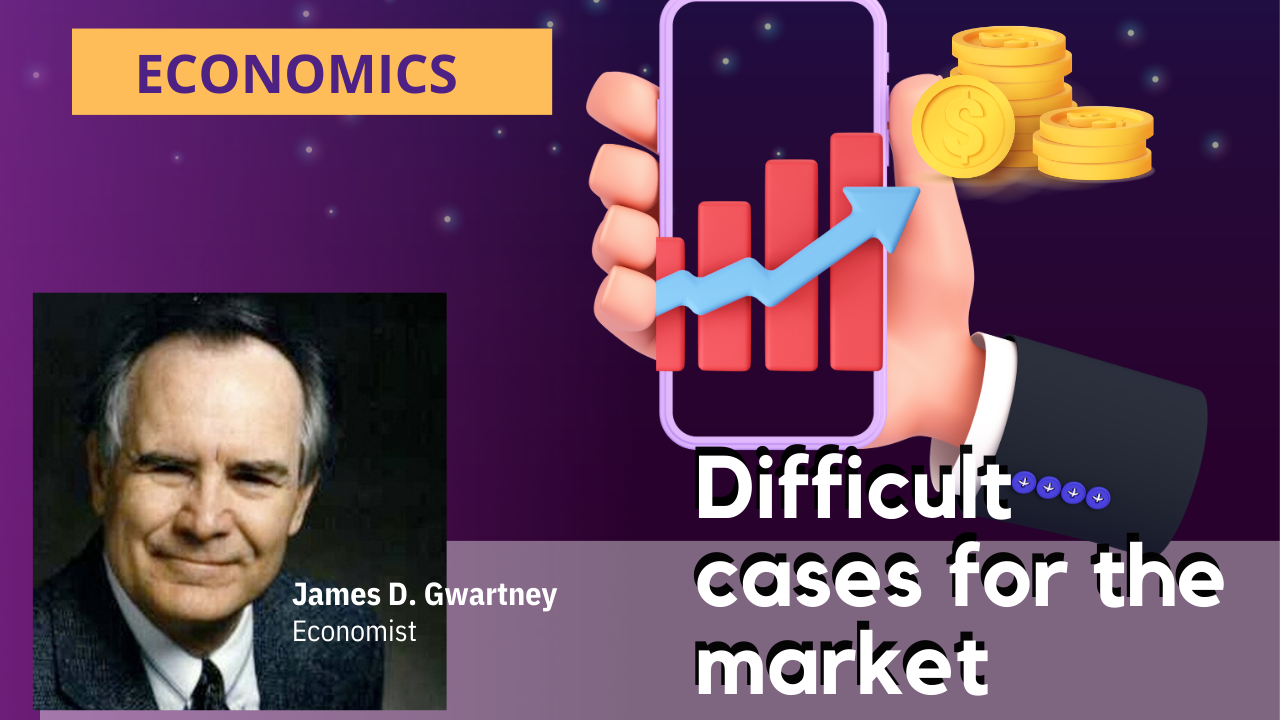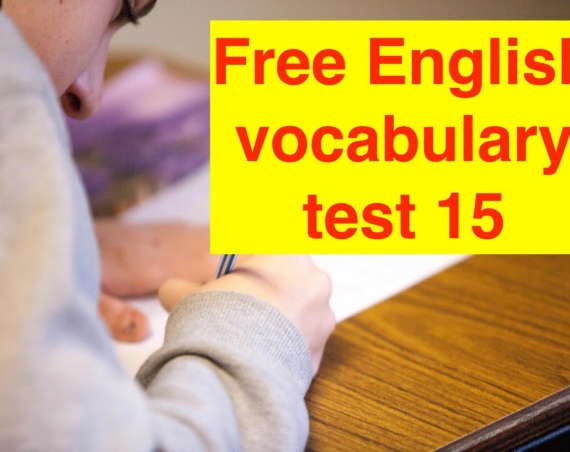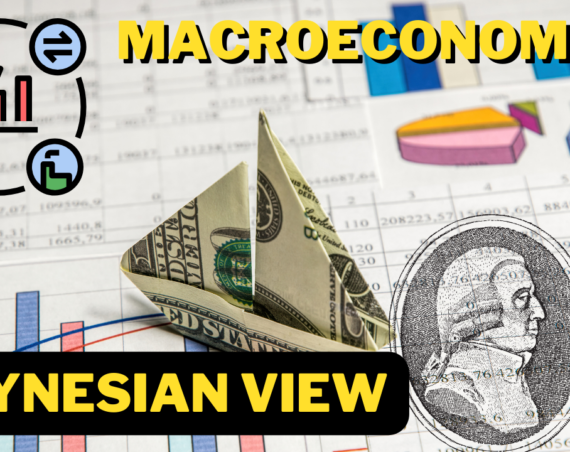Difficult cases for the market, and the role of government.
A market is a powerful tool for allocating resources efficiently, but there are certain situations where the market may not work well. These are known as difficult cases for the market, and they include:
- Externalities: Externalities occur when the actions of one person or firm affect the well-being of others and are not reflected in the market price. For example, pollution from a factory harms the health of nearby residents, but the cost of that pollution is not reflected in the price of the goods produced by the factory. This can lead to the overproduction of goods that generate negative externalities.
- Public goods: Public goods are goods or services that are non-excludable and non-rivalrous. This means that once they are produced, everyone can enjoy them, and one person’s use does not reduce the amount available for others. Examples include national defense and public parks. Because it is difficult to exclude people from using public goods, it can be challenging to charge a market price for them. This can lead to the underproduction of public goods.
- Market power: Market power refers to the ability of firms to influence the price of goods or services. When a few firms control a large portion of the market, they can use their market power to charge higher prices, leading to inefficiency and reduced economic welfare.
In these cases, government intervention may be necessary to correct market failures and ensure that resources are allocated efficiently. The government can use a variety of tools to address these issues, such as:
- Regulating externalities: The government can impose regulations on firms to control negative externalities, such as pollution.
- Providing public goods: The government can fund the production of public goods through taxes or other means, to ensure that they are provided to the public.
- Regulating market power: The government can use antitrust laws and regulations to limit the market power of firms, to prevent them from charging higher prices and harming consumers.
In conclusion, a market is a powerful tool for allocating resources efficiently, but there are certain cases where the market may not work well. These include externalities, public goods, and market power. In these cases, government intervention may be necessary to correct market failures and ensure that resources are allocated efficiently. The government can use a variety of tools such as regulation, provision of public goods, and regulation of market power to address these issues.



